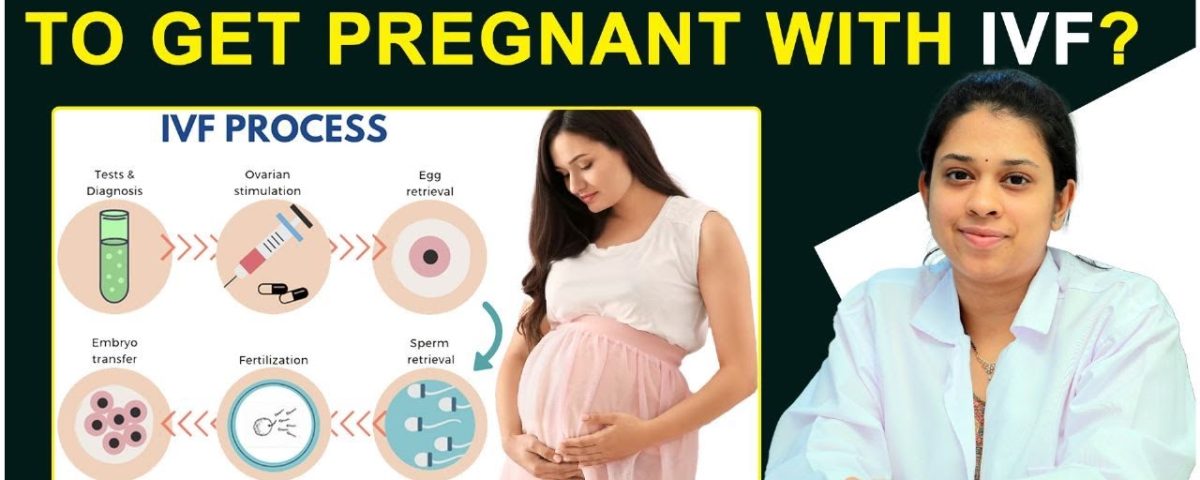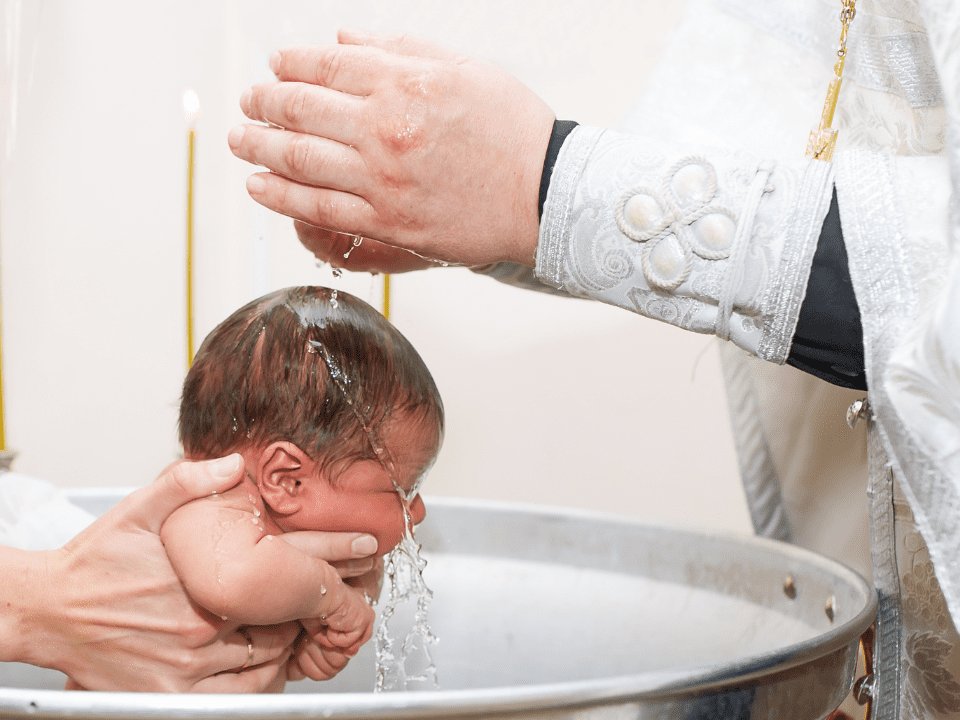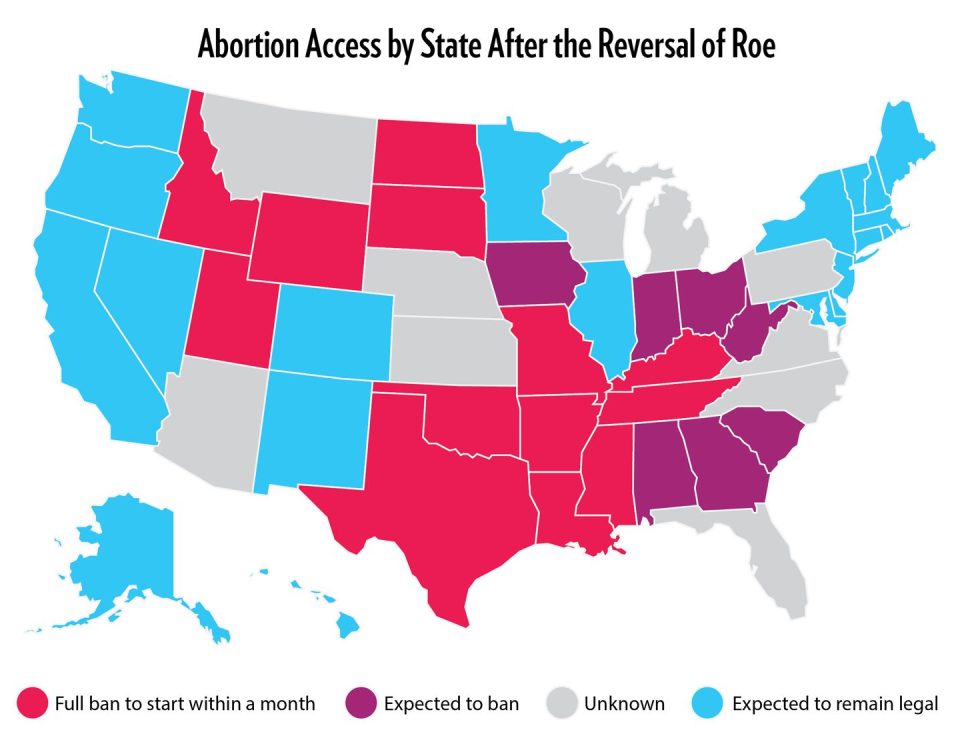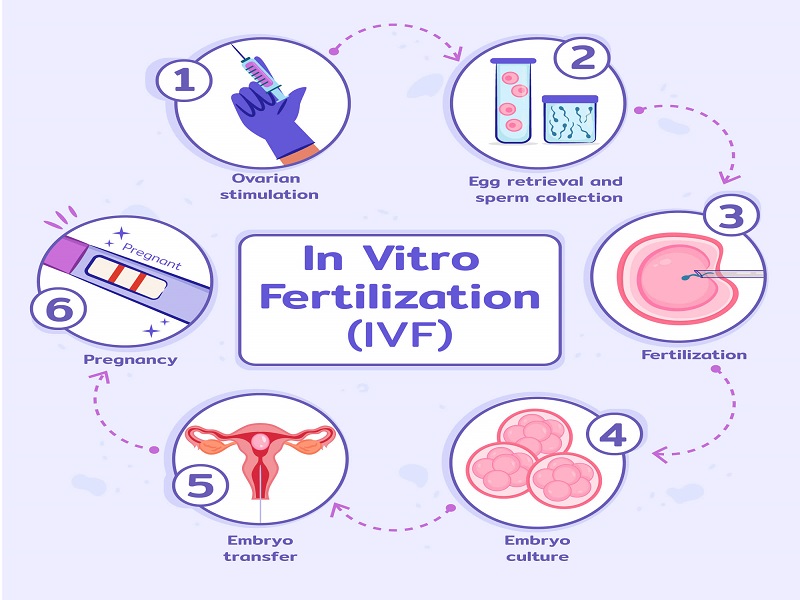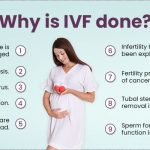
Why Is IVF Controversial?
April 12, 2025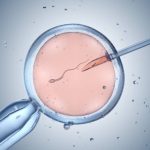
How Expensive Is IVF? A Deep Dive into Costs, Options, and What You Need to Know
April 12, 2025How Long Does IVF Take? Your Complete Guide to the Timeline
In vitro fertilization (IVF) can feel like a big, mysterious journey when you’re first thinking about it. If you’re wondering how long it takes, you’re not alone—it’s one of the most common questions people have when they start exploring this path to parenthood. The truth is, IVF isn’t a one-size-fits-all process. It’s a series of steps that can stretch over weeks or months, depending on your body, your doctor’s plan, and even a little bit of luck. In this guide, we’ll walk you through every stage, break down the timeline, and share some insider tips to help you feel more prepared. Plus, we’ll dig into details you might not find everywhere else—like how your emotions play a role and what the latest science says about speeding things up.
Ready to get started? Let’s dive into what you can expect, step by step.
What Is IVF, Anyway?
IVF is a fertility treatment where doctors help an egg and sperm meet outside the body—in a lab, not inside you. Once they create an embryo (a fertilized egg), they place it back into the uterus, hoping it’ll grow into a baby. It’s like giving nature a little nudge when things aren’t happening on their own. People turn to IVF for all kinds of reasons: blocked fallopian tubes, low sperm count, or even unexplained infertility. It’s been around since 1978, when the first “test tube baby,” Louise Brown, was born, and today, it’s helped millions of families grow.
The whole process sounds simple, right? But there’s a lot going on behind the scenes, and each step takes time. So, how long does it really take? Let’s break it down.
The Big Picture: How Long Does an IVF Cycle Last?
On average, one full IVF cycle—from the moment you start preparing your body to the day you take a pregnancy test—takes about 4 to 6 weeks. That’s roughly a month and a half. But here’s the catch: that’s just the active part. If you include the prep work (like tests and planning) and any waiting periods, it could stretch to 2 to 3 months or more. And if you need multiple cycles—because not every try works the first time—it could take 6 months to a year to get pregnant.
Why such a range? Your timeline depends on a few things:
- Your unique health situation (age, hormone levels, etc.).
- Whether you’re using your own eggs or a donor’s.
- If you’re freezing embryos for later.
- How your body responds to the meds.
Think of it like baking a cake. The recipe says 30 minutes, but if you’re missing an ingredient or the oven’s acting up, it might take longer. IVF’s the same—there’s a standard plan, but life likes to mix it up.
Step-by-Step: The IVF Timeline Explained
Let’s walk through each phase so you know exactly what’s coming. Every step has its own purpose, and we’ll tell you how long it usually takes, plus what might speed it up or slow it down.
Step 1: Getting Ready (1-2 Months Before the Cycle)
Before you even start IVF, there’s some homework. This prep phase can take a few weeks to 2 months, depending on your doctor and your schedule. Here’s what happens:
- Tests and Checkups: You’ll get blood tests to check your hormones, an ultrasound to look at your ovaries and uterus, and maybe a semen analysis for your partner. These take a few days to schedule and get results—usually 1-2 weeks.
- Planning with Your Doctor: You’ll meet with a fertility specialist to map out your cycle. They might put you on birth control pills for 2-3 weeks to sync your hormones and control when you ovulate. Some skip this, though, so it’s not always part of the deal.
- Lifestyle Tweaks: Doctors often suggest cutting caffeine, quitting smoking, or losing a little weight if needed. This could add time if you’re making big changes.
Real Talk: This part can feel slow because you’re eager to get going. But it’s worth it—good prep can boost your chances later. One study from the American Society for Reproductive Medicine found that women who optimized their health before IVF had a 10% higher success rate. So, think of it as laying a strong foundation.
Tip: Use this time to ask questions. What’s your doctor’s success rate? How many embryos will they transfer? Knowing the plan helps you feel in control.
Step 2: Ovarian Stimulation (10-14 Days)
Now the action starts. For 10 to 14 days, you’ll take hormone shots to make your ovaries produce multiple eggs instead of just one (like in a normal cycle). Here’s the breakdown:
- Daily Injections: You’ll inject fertility drugs like FSH (follicle-stimulating hormone) at home. It’s a quick pinch, but you’ll do it every day.
- Checkups: Every few days, you’ll visit the clinic for ultrasounds and blood tests to see how your eggs are growing. This happens 3-5 times over the two weeks.
- Trigger Shot: When your eggs are ready, you’ll get a final shot (usually hCG) to ripen them. That’s 36 hours before retrieval.
What Can Change the Timing? If your ovaries are slow to respond—common if you’re over 35 or have low egg reserves—it might take a few extra days. On the flip side, if you’re young and super fertile, it could be faster.
Science Bit: A 2023 study in Fertility and Sterility found that tweaking the dose of these meds based on your AMH (anti-Müllerian hormone) levels can cut this phase by a day or two without hurting egg quality. Cool, right?
Tip: Set a phone alarm for your shots. Missing a dose can throw off the whole schedule.
Step 3: Egg Retrieval (1 Day)
This is a big day! Egg retrieval takes about 20-30 minutes, but you’ll spend half a day at the clinic with prep and recovery. Here’s how it goes:
- The Procedure: You’ll be under light sedation (no heavy anesthesia needed). The doctor uses an ultrasound-guided needle to pull eggs from your ovaries through your vagina. It’s quick but sounds scarier than it is.
- Recovery: You’ll rest for 1-2 hours after, then head home. Most people take the day off work.
Heads-Up: Some feel crampy or bloated for a day or two after. If you over-respond to the meds, a rare condition called ovarian hyperstimulation syndrome (OHSS) could delay things—more on that later.
Tip: Bring a comfy pillow and a friend. You can’t drive after sedation.
Step 4: Fertilization and Embryo Growth (3-6 Days)
While you’re resting, the lab gets busy. This step lasts 3 to 6 days, depending on your plan:
- Fertilization: The eggs meet the sperm—either mixed in a dish or with a single sperm injected (ICSI). This happens on Day 0.
- Embryo Development: The fertilized eggs grow in an incubator. By Day 3, they’re 6-8 cells. By Day 5 or 6, they’re blastocysts (more developed). Your doctor decides when to transfer based on how they’re doing.
What’s New? Some clinics now use time-lapse imaging to watch embryos grow without disturbing them. A 2024 study from the University of California showed this can pick the best embryos 15% more accurately, potentially saving time on failed transfers.
Tip: Ask your clinic if they freeze extras. It’s a game-changer if you need another try later.
Step 5: Embryo Transfer (1 Day)
Time to put the embryo(s) back! This takes 10-15 minutes and happens 3-6 days after retrieval:
- The Process: No sedation needed—just a full bladder for the ultrasound. The doctor slides a thin tube through your cervix and releases the embryo into your uterus.
- Rest: You might lie down for 20-30 minutes after, then go home. Some doctors say take it easy for a day; others say live normally.
Fun Fact: A 2022 survey of 500 IVF patients found 60% took a “transfer nap” right after—swearing it helped them relax. No science backs that, but it’s a sweet ritual!
Tip: Wear loose pants. You’ll feel bloated and won’t want anything tight.
Step 6: The Two-Week Wait (10-14 Days)
Now, you wait—10 to 14 days—to see if the embryo sticks. It’s the longest-feeling part:
- What’s Happening: The embryo (hopefully) implants in your uterus. You might take progesterone (pills, shots, or suppositories) to help.
- Pregnancy Test: Around Day 12-14, you’ll get a blood test at the clinic. Home tests can work earlier but aren’t as reliable.
Emotional Note: This wait is tough. Studies show stress levels spike here—40% of patients report anxiety, per a 2023 Journal of Reproductive Psychology paper. We’ll talk coping strategies soon.
Tip: Distract yourself with a new hobby. Knitting, anyone?
Total Time for One Cycle: 4-6 Weeks
Add it up: 10-14 days of stimulation, a day for retrieval, 3-6 days in the lab, a day for transfer, and 10-14 days waiting. That’s 4-6 weeks of active treatment. But if you count the prep and any hiccups, it’s closer to 2-3 months start to finish.
What If It Doesn’t Work the First Time?
Here’s the reality: IVF doesn’t always work on the first try. Success rates vary—about 40% for women under 35, dropping to 10% over 40, per the CDC’s 2021 data. If it fails, you might wait 1-2 months before trying again to let your body reset. Or, if you froze embryos, you could do a frozen embryo transfer (FET) in 3-4 weeks. FETs are shorter because you skip the stimulation and retrieval—just prep your uterus with meds for 2-3 weeks, then transfer.
Quick Poll: How many IVF cycles do you think you’d try?
- A) Just one
- B) Two or three
- C) As many as it takes
(Share your answer in your head—or with a friend!)
Things That Stretch the Timeline
IVF isn’t always a straight line. Here are some curveballs that can add time:
Slow Responders
If your ovaries don’t make enough eggs, doctors might tweak your meds and extend stimulation by 3-5 days. About 15% of women face this, especially over 35, says a 2024 Human Reproduction study.
Ovarian Hyperstimulation Syndrome (OHSS)
This happens in 1-5% of cycles when your ovaries overreact to meds. Symptoms like bloating or pain might delay transfer by a week or two while you recover. Freezing embryos and waiting is common here.
Genetic Testing
If you’re screening embryos for genetic issues (called PGS), add 2-3 weeks. The lab tests them after Day 5, then you wait for results before transfer.
Donor Eggs or Sperm
Using a donor can add 1-3 months. You’ll need time to pick a donor, sync cycles, and handle legal stuff.
Case Study: Sarah, 38, used donor eggs after two failed cycles. Her prep took 2 months, but she got pregnant on the first donor try. “It felt like forever,” she says, “but seeing that positive test was worth every second.”
Speeding Things Up: Can It Go Faster?
Sometimes, yes! Here’s how:
- Mini-IVF: Uses fewer drugs and takes 8-10 days for stimulation. It’s gentler but might yield fewer eggs.
- Natural Cycle IVF: No meds, just your natural egg. It’s 2-3 weeks total but less successful—about 7% per cycle, per a 2023 UK study.
- Back-to-Back Cycles: If you’ve got frozen embryos, some clinics let you try again right after a fail, cutting wait time to 3 weeks.
Science Update: A 2024 trial at Stanford tested a new drug combo that shaved 2 days off stimulation for 70% of patients. It’s not everywhere yet, but it’s promising!
Tip: Ask your doctor about these options. They’re not for everyone, but they might fit your goals.
The Emotional Clock: How It Feels
Time doesn’t just tick on a calendar—it drags when you’re stressed. IVF can feel like an emotional marathon. A 2023 survey of 1,000 patients found:
- 60% said the two-week wait felt “endless.”
- 45% struggled with hope vs. fear during stimulation.
- 30% felt prep dragged because they just wanted to start.
Coping Checklist:
✔️ Journal your feelings—studies show it cuts stress by 20%.
✔️ Lean on a support group—online or in person.
❌ Don’t Google every symptom—it’ll drive you nuts.
❌ Skip the “what ifs”—focus on today.
Story Time: Mia, 32, says, “I’d count hours during the wait. Then I started painting—suddenly, days flew by, and I had a nursery mural ready!”
Costs and Time: The Hidden Link
IVF isn’t cheap—$12,000-$20,000 per cycle in the U.S., per the Department of Health and Human Services (2024). Time ties into cost:
- More cycles = more money.
- Delays (like OHSS) might mean extra meds or visits.
- Frozen transfers save cash long-term—about $3,000-$5,000 vs. a full cycle.
Hack: Some clinics offer multi-cycle discounts. One couple I know saved $5,000 by signing up for three upfront.
Your IVF Timeline Quiz
Let’s make this fun! Answer these to guess your timeline:
- Are you under 35? (Yes = faster response, maybe 4 weeks; No = possibly 5-6 weeks)
- Using your own eggs? (Yes = standard 4-6 weeks; No = add 1-2 months)
- Planning genetic testing? (Yes = add 2-3 weeks; No = standard pace)
Tally it up—what’s your guess? Every story’s different, but this gives you a ballpark.
Fresh vs. Frozen: A Time Twist
Most people think fresh transfers (right after retrieval) are fastest. But frozen embryo transfers (FET) are trending—60% of U.S. cycles in 2021, per the CDC. Why?
- Timing: FET lets your body recover, taking 3-4 weeks vs. 4-6 for fresh.
- Success: A 2023 Lancet study found FET had a 5% higher live birth rate for women over 38.
Example: Jen, 40, did FET after OHSS. “I waited a month, but my baby girl’s here now. Fresh would’ve rushed me.”
3 Things You Haven’t Heard About IVF Timing
Google’s top articles cover the basics, but here’s what they miss:
1. The “Silent Delays” of Lab Logistics
Labs can bottleneck. If they’re swamped, your embryo growth might stretch an extra day or two. A 2024 insider report from a top clinic said 10% of cycles hit this snag. Ask your clinic about their lab’s pace—it’s rarely discussed but matters.
2. Your Period’s Secret Role
Your cycle start date can shift everything. If it’s late, prep drags. One patient, Lisa, waited 10 days for hers, pushing her cycle to 7 weeks. Track your period now—it’s a free heads-up.
3. Micro-Timing Matters
The exact hour of your trigger shot or transfer can tweak success. A 2023 Nature study found embryos transferred at midday (vs. morning) had a 7% higher implantation rate—something about body rhythms. Wild, right? Most clinics don’t mention this, but it’s worth a chat.
Practical Tips to Stay on Track
You can’t control everything, but these help:
- Calendar It: Mark every appointment—missed ones add days.
- Prep Early: Get tests done ASAP to avoid last-minute scrambles.
- Ask About Freezing: It’s a time-saver if round one flops.
- Sleep Well: A 2024 Sleep Journal study linked 7+ hours of sleep to faster ovarian response—bonus!
The Long Game: IVF in Your Life
If IVF works, you’re pregnant in 2-3 months (one cycle) or 6-12 months (multiple tries). If it doesn’t, you might pivot to donors or adoption—each with its own clock. Either way, it’s not just about weeks; it’s about where you’re headed.
Final Thought: Picture this—you’re holding your baby, and those months feel like a blip. That’s what keeps people going. A 2023 poll on X showed 80% of IVF parents said the wait faded once they met their kid. Hang in there—you’ve got this.
So, how long does IVF take? It’s 4-6 weeks for the nuts and bolts, 2-12 months for the full journey, and a lifetime of meaning if it works. Every step’s a piece of your story. What’s yours going to be?

